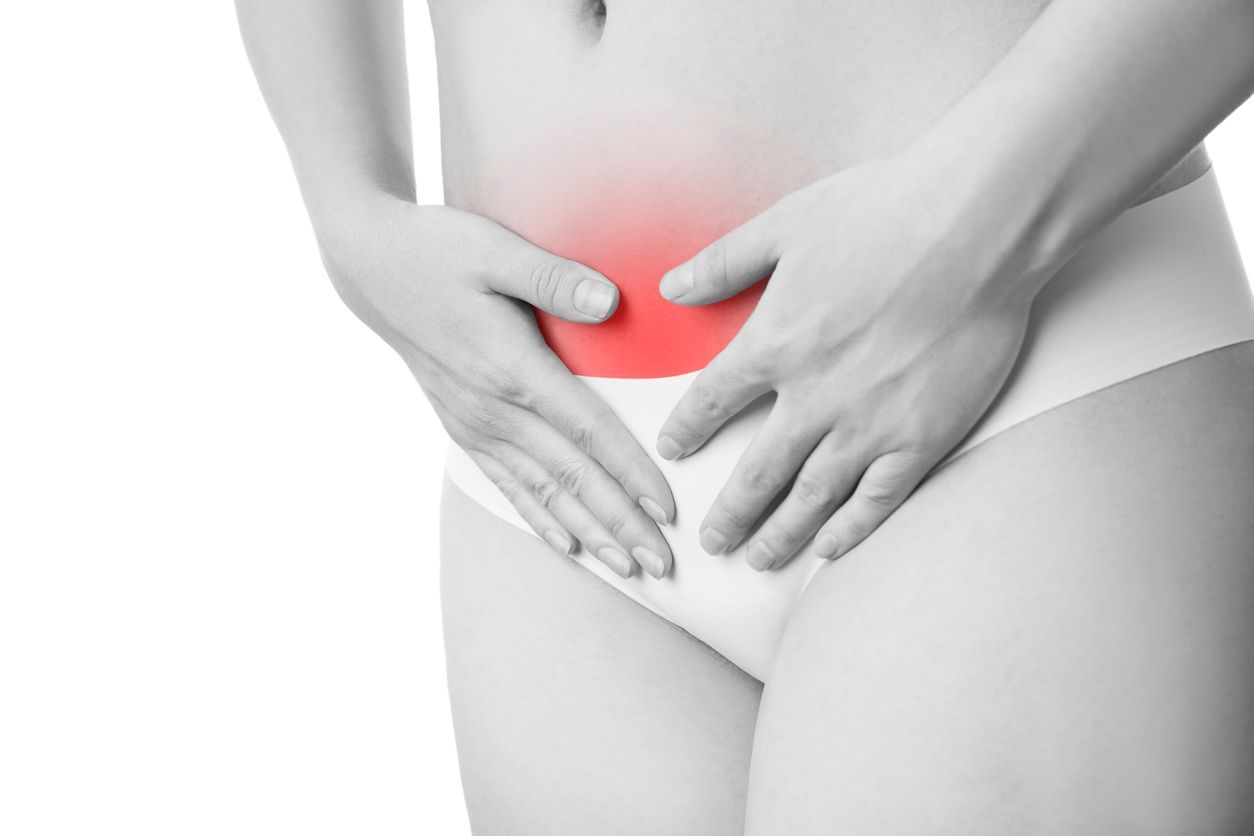
Empowering Women's Health: Physical Therapy as a Treatment for Endometriosis and PCOS
At Zenox PT & Wellness, we’re dedicated to highlighting the life-changing benefits of physical therapy for women with endometriosis and Polycystic Ovary Syndrome (PCOS). Exploring the complexities of these conditions reveals physical therapy's significant role in reducing symptoms and improving quality of life.
Polycystic Ovary Syndrome (PCOS) is a hormonal imbalance resulting in enlarged ovaries with small cysts. Women with PCOS may experience inconsistent menstrual periods, increased androgen levels, and weight management challenges. Fertility complications are also common with PCOS.
Conversely, Endometriosis is a persistent condition where the endometrium, the tissue that normally lines the uterus, grows in other locations. This often involves the ovaries, fallopian tubes, and pelvic lining, leading to severe pain, irregular menstruation, and fertility concerns.
How Physical Therapy Can Assist
Physical therapy provides a comprehensive approach to addressing the challenges posed by endometriosis and PCOS, with a focus on pain relief, increased mobility, and overall enhancement of quality of life. Let’s take a closer look at the fundamental aspects of physical therapy interventions:
Prescribed Exercise
Consistent exercise plays a pivotal role in managing the symptoms associated with endometriosis and PCOS. Physical therapists assume a crucial role in developing customized exercise regimens that cater to the unique needs and objectives of each individual. These programs may encompass the following elements:
Pelvic Floor Exercises: Women with endometriosis and PCOS can find significant relief through pelvic floor muscle strengthening. Physical therapists are key in guiding patients through exercises like Kegels and other specialized pelvic floor routines, which aim to improve muscle strength, coordination, and endurance. These exercises are effective in reducing pelvic pain, enhancing bladder and bowel control, and supporting the function of pelvic organs.
Core Stability Exercises: Core muscle strength is vital for proper pelvic alignment and stability. Physical therapists help patients strengthen their core, including the abdominals, back, and hips, through targeted exercises like bridges, planks, and pelvic tilts. These exercises aid in enhancing stability, minimizing pelvic strain, and contributing to overall health.
Low-Impact Aerobic Exercises: Participating in low-impact aerobic exercises such as walking, swimming, or cycling is advantageous for cardiovascular health and avoids excessive physical strain. Physical therapists support patients in incorporating these activities into their routines, which helps promote general fitness, manage weight effectively, and boost mood.
Pin Management
Pain management constitutes a critical component of physical therapy for individuals diagnosed with endometriosis and PCOS. Physical therapists employ a range of techniques to alleviate pain and discomfort, including:
- Posture and Body Mechanics: Educating patients on proper posture and body mechanics is another crucial aspect of physical therapy. Therapists teach techniques that reduce pain and strain in the pelvic area, leading to less discomfort during everyday activities by improving alignment and movement patterns.
- Manual Therapy: Physical therapists employ hands-on techniques such as myofascial release, trigger point therapy, and gentle joint mobilizations to address muscle imbalances, alleviate tissue restrictions, and provide pain relief. This form of therapy is especially beneficial for easing pelvic pain and enhancing mobility.
- Modalities: To further relieve pain and facilitate tissue healing, physical therapists might use modalities like heat or cold therapy, transcutaneous electrical nerve stimulation (TENS), or ultrasound. These methods contribute to pain management and support the healing process.
Education and Self-Care
Physical therapists are instrumental in educating and empowering women with PCOS and endometriosis to manage their health effectively. The following are essential elements of this vital aspect of physical therapy:
- Mastering Stress Management: Physical therapists introduce invaluable methods for managing stress effectively, crucial since stress can intensify the symptoms of endometriosis and PCOS. Techniques range from relaxation and breathing exercises to mindfulness and regular self-care, all aimed at lowering stress and enhancing life quality.
- Embracing Lifestyle Changes: Physical therapists guide patients through lifestyle changes that positively influence symptom control. Advice may cover nutritional adjustments, sleep routine improvements, and hormonal balance through diet and physical activity. Embracing these changes can lead to improved health and significant symptom alleviation.
- Grasping the Conditions: Physical therapists deliver detailed insights into the complex dynamics and contributing elements of endometriosis and PCOS. This knowledge empowers patients to take charge of their health, understanding the profound effects these conditions have on their bodies and everyday life.
By combining exercise prescription, pain management strategies, and education/self-care techniques, physical therapy offers a comprehensive approach to managing endometriosis and PCOS. This empowers women to regain control over their bodies, improve their overall quality of life, and actively participate in their own health journey.
The Significance of Physical Therapy in Restoring Your Lifestyle
Physical therapy is critically important not just for symptom management but also for improving the quality of life in women with endometriosis and PCOS. It addresses physical constraints and alleviates pain, enabling women to take back control of their lives and participate in cherished activities. Whether it involves engaging in regular exercise, attending social gatherings, or advancing career goals, physical therapy provides the necessary tools and support to restore confidence and lead rewarding lives.
Additionally, physical therapy is vital in maintaining fertility by enhancing pelvic health and functionality. By employing manual techniques, customized exercise regimens, and informative guidance, physical therapists help women regain command of their bodies and foster a sense of normality despite the challenges these conditions present.
Conclusion
Physical therapy is a crucial element in the holistic management of endometriosis and PCOS. It targets pain relief, enhances mobility, and boosts overall wellness, enabling women to transcend the challenges presented by these conditions. We invite you to consider the benefits of physical therapy as part of your recovery process. Our dedicated team stands ready to offer customized care and assistance, designed to meet your individual requirements.
Reach out to us now to arrange a consultation and embark on the path to a more vibrant and self-assured tomorrow. In partnership, we will tread the path to enhanced health and wellness.
Quick Contact Information
What happens after I send a message to your office?
- Our friendly office staff will review your information
- A staff member will contact you as soon as possible
- We will work hard to schedule your appointment to see one of our doctors specializing in men's health & GAINSWave® therapy.
If this is a medical emergency, please Call 911
Send an Email to our men's inbox:
Call our men's line:
(602)736-7814
Experience exceptional care at our state-of-the-art clinic:
428 South Gilbert Road,
Building 3, Suite 106-8
Gilbert, AZ 85296
Request a Confidential Appointment
We will get back to you as soon as possible.
Please try again later.






